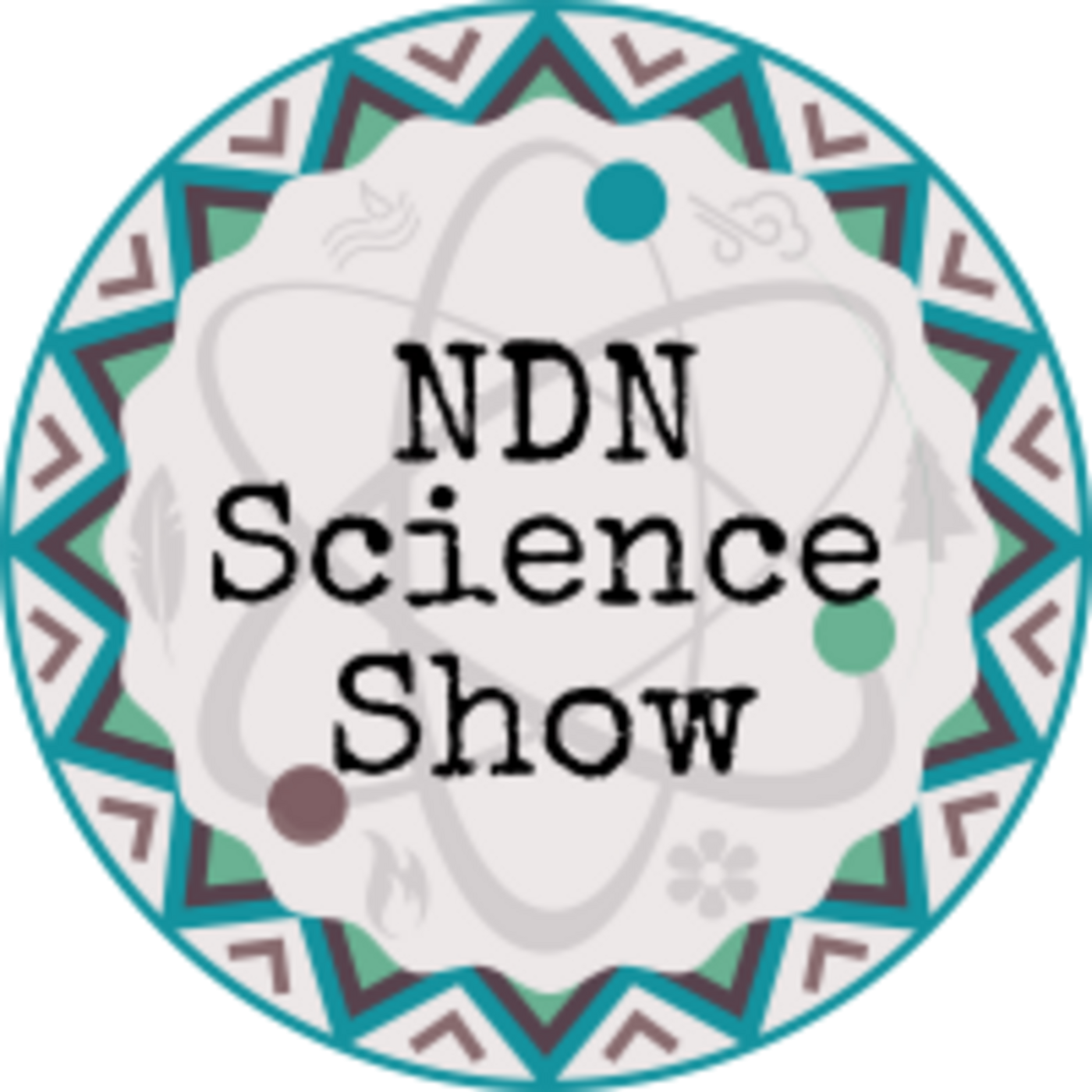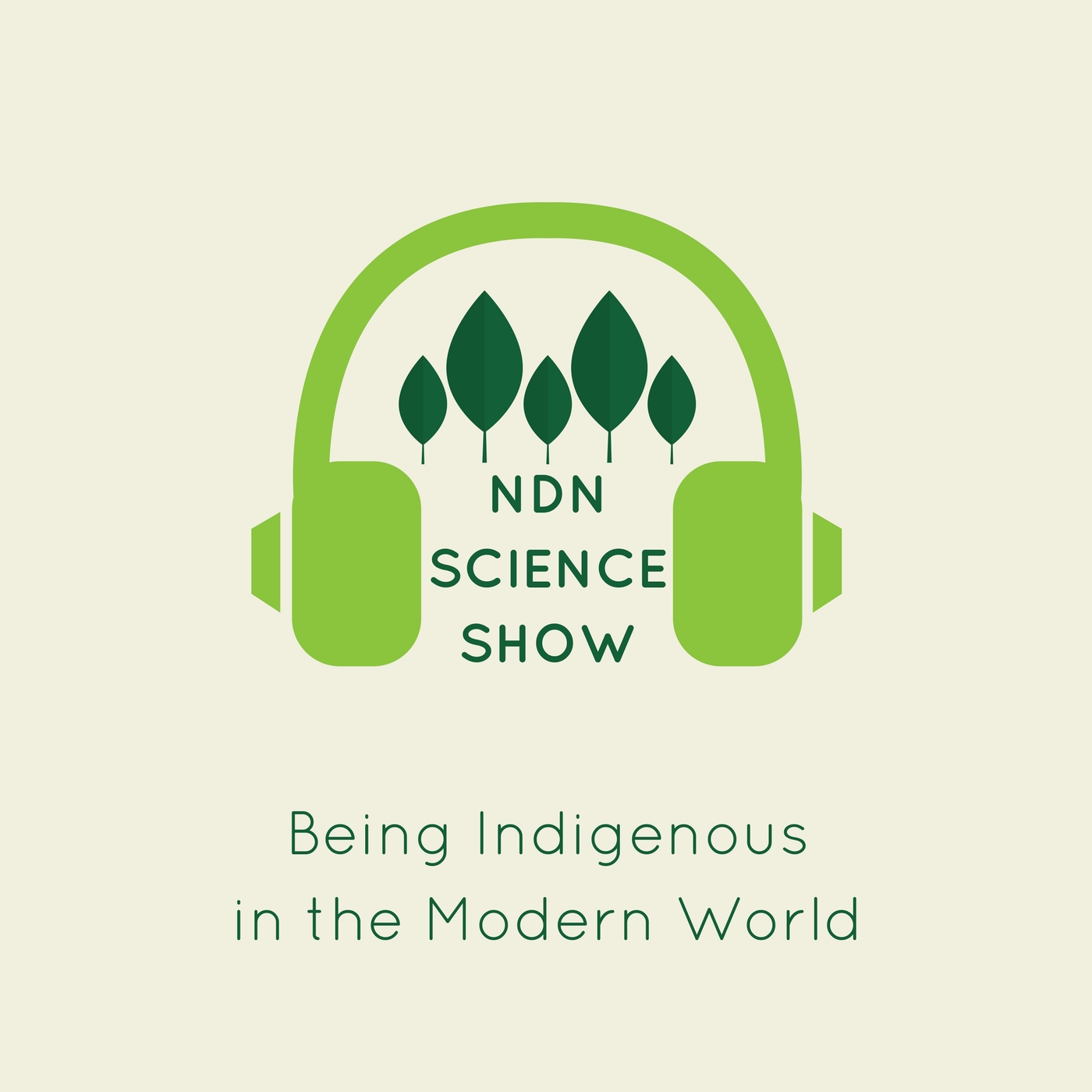Today’s episode is about biopiracy… but first, we share an Indigi-Fact that turned out to be a cool surprise to both of us. After that, we dive into some history, a few definitions, a case study, and how biopiracy can affect Indigenous communities. We also explore some ideas for how this issue can be addressed now/in the future, and why this is such an important topic for Indigenous peoples around the planet. This one was interesting to bring together because it’s such a big topic that ties into things like intellectual property rights and discovery doctrines from Europe… and there’s a lot more to it so we’ll probably revisit this one again sometime soon. Enjoy!
Here are some of the main ideas we talk about:
- Biopiracy definitions and history
- Intellectual property rights and patent law
- Ayahuasca patents, culture, and place
- Ideas and Potential Solutions
~
Links & Resources:
Biopiracy Definitions: One & Two
Intellectual Property Definitions: One & Two
~
Like this show? Leave us a review here... even one sentence helps! And if you leave your Twitter handle we'll be sure to thank you personally.

This is a recording from the Montana Environmental Educators Association 2020 Annual Conference, where we presented to a group of educators across Montana who...

We're back! In this episode, we go over some updates and where the podcast is heading. ~ Like this show? Leave us a review...

We realized that we needed to do a bit of an update about where we've been over the last year and although we meant...